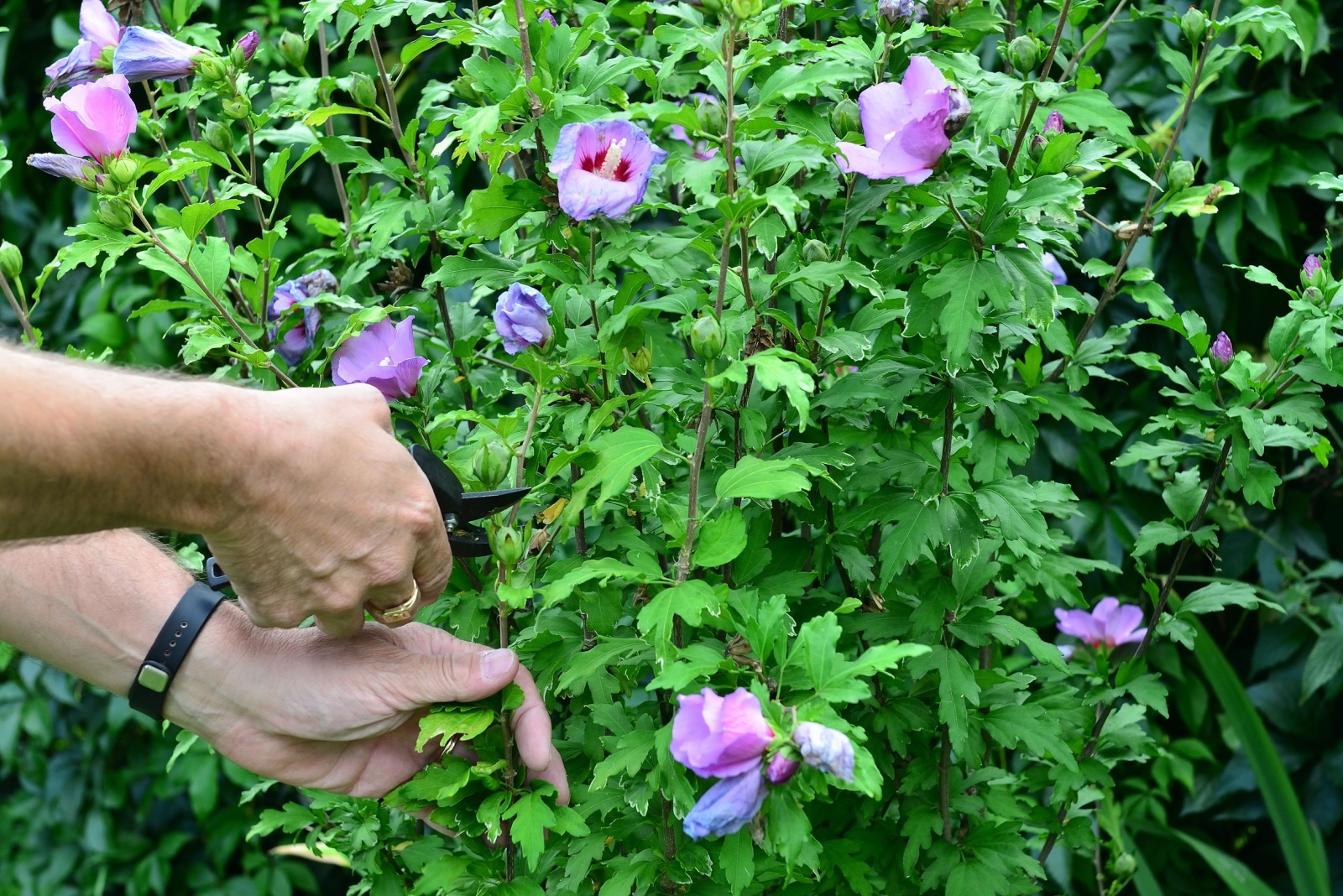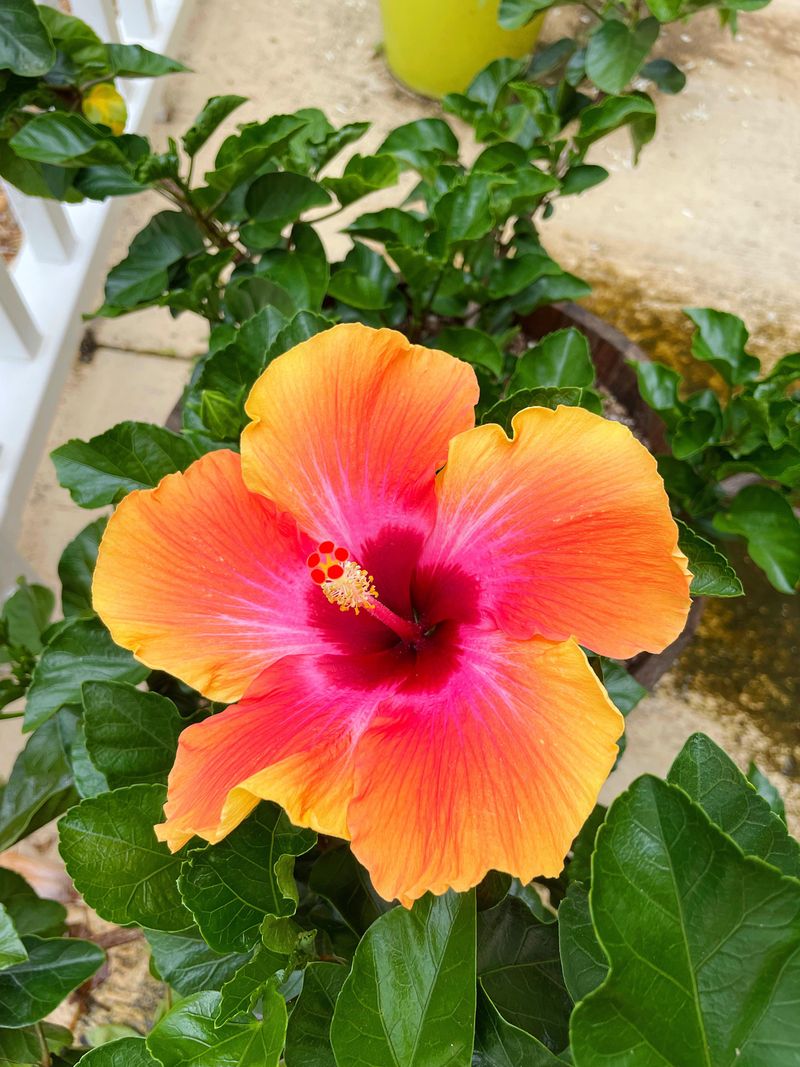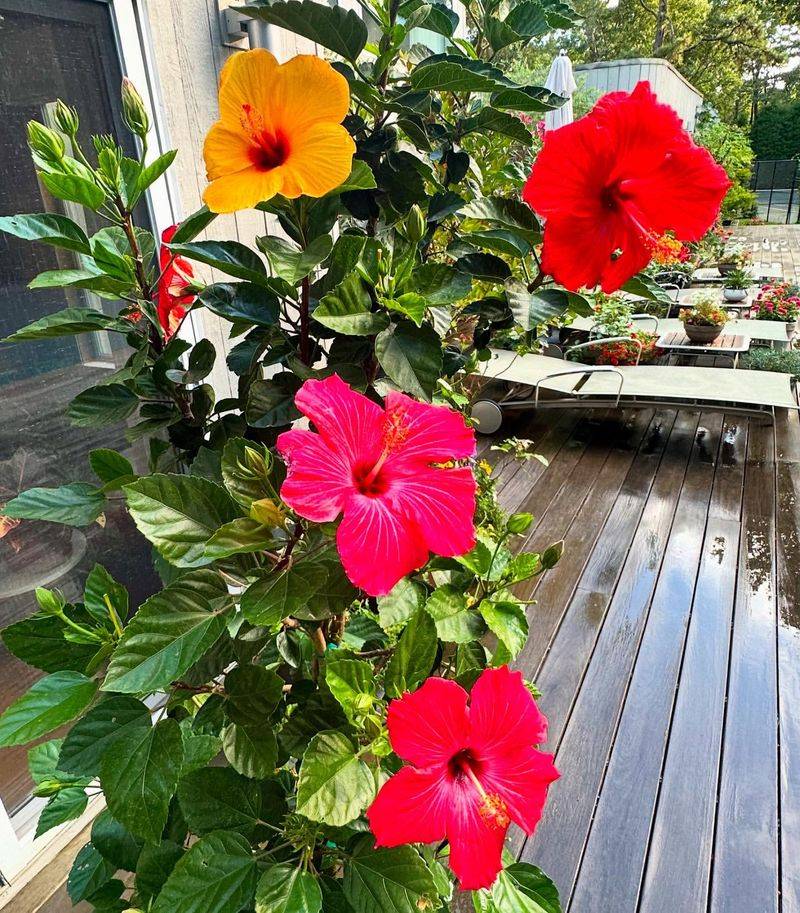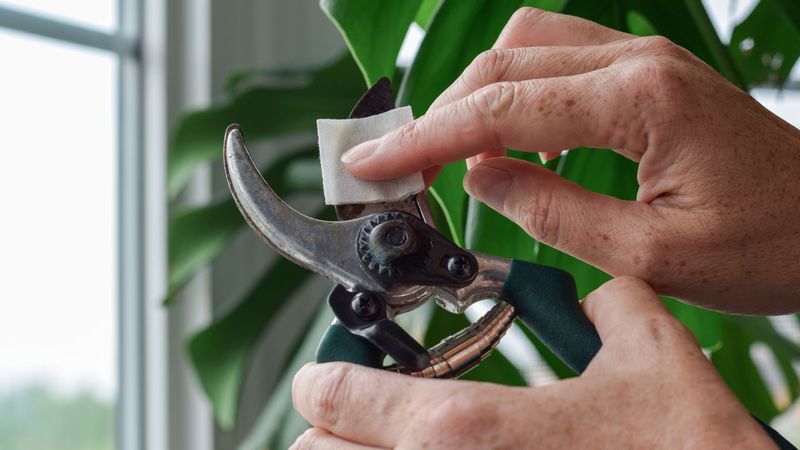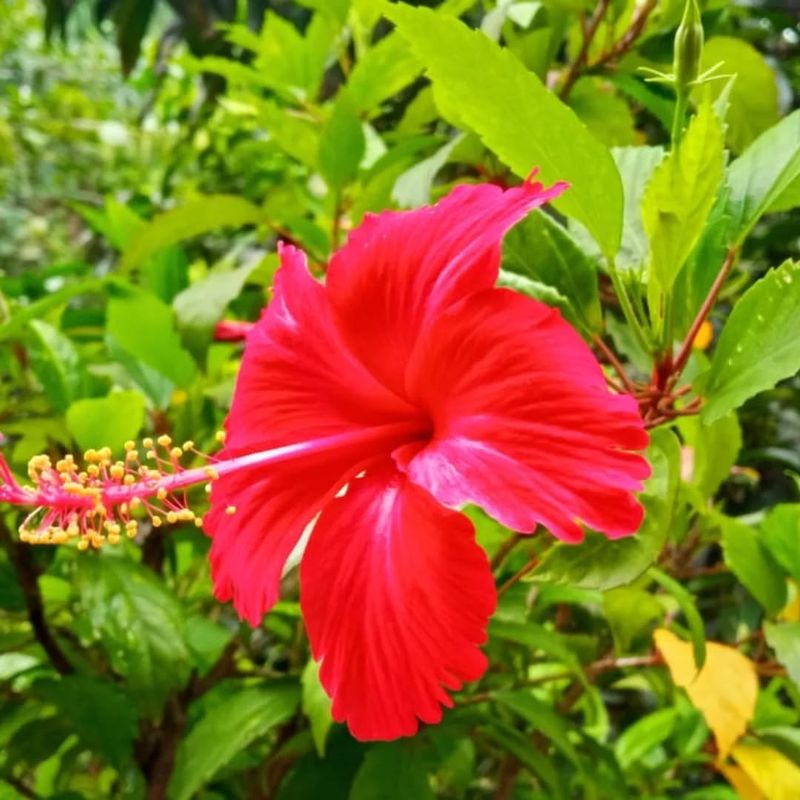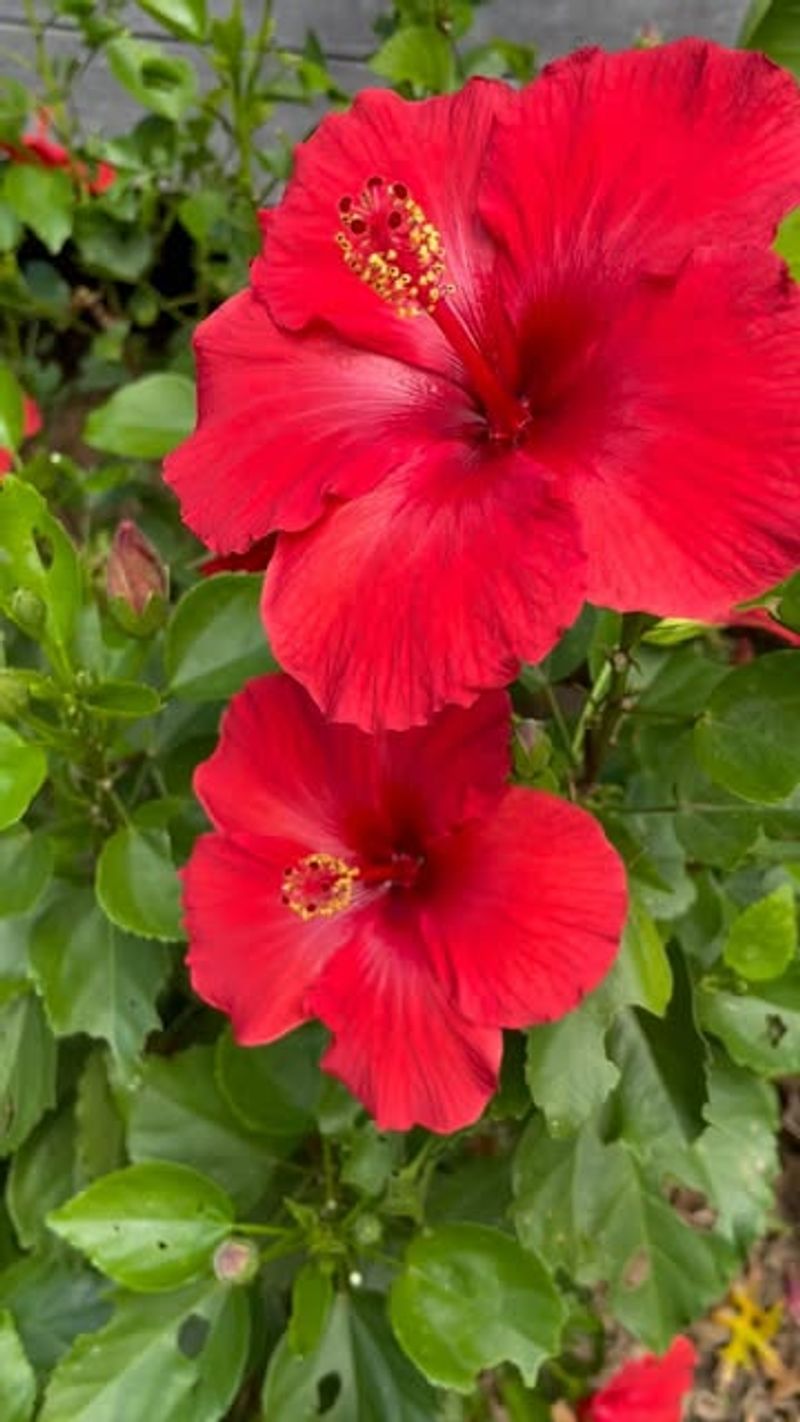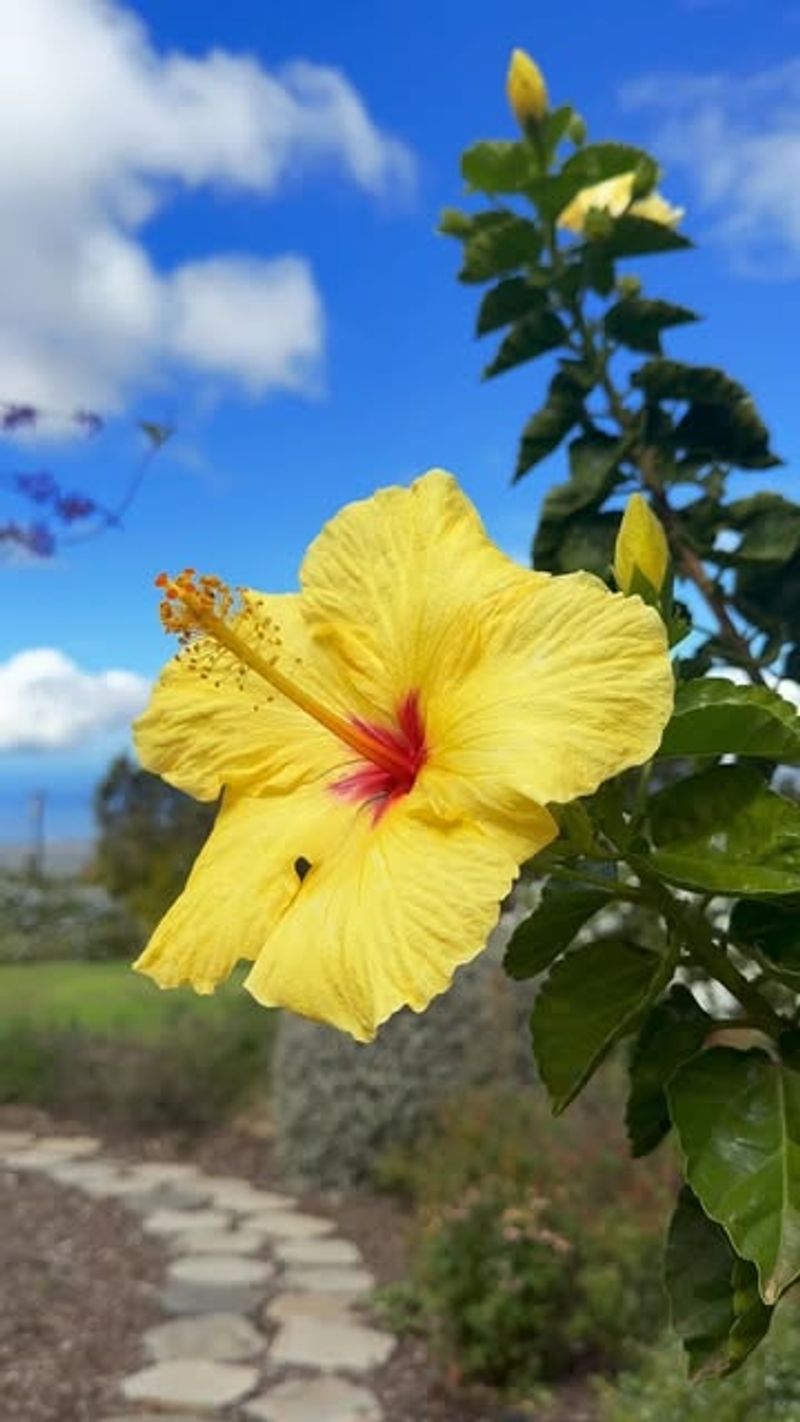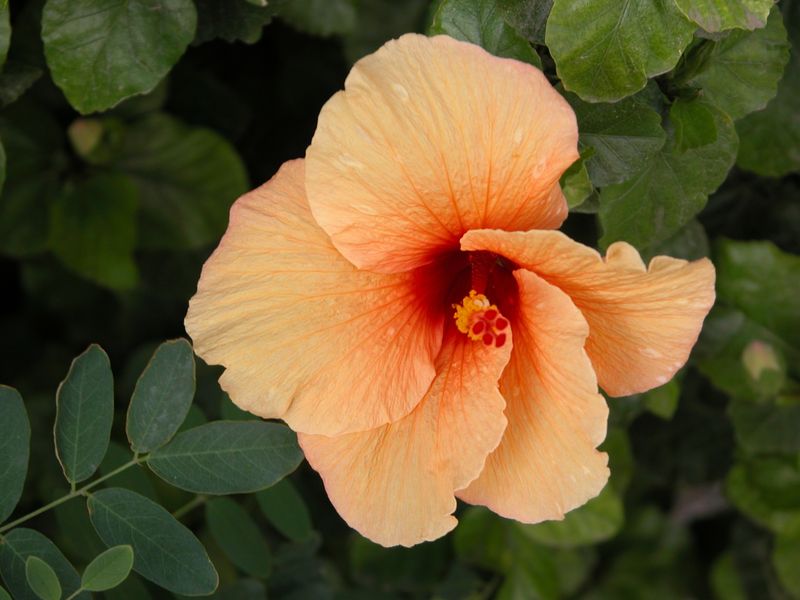Florida’s warm climate creates the perfect environment for hibiscus to flourish, but knowing when to prune versus deadhead can make or break your flowering success. These two maintenance techniques serve different purposes and require distinct approaches to keep your tropical beauties healthy.
For me, understanding these differences transformed my hibiscus from occasional bloomers into show-stopping specimens that flower almost year-round in our Florida gardens.
1. Purpose: Plant Structure Vs. Bloom Encouragement
Pruning focuses on the big picture – reshaping the entire hibiscus plant to improve its overall structure and health. When I remove those larger branches, I’m essentially giving my plant a haircut that determines how it will grow for months to come.
Deadheading, by contrast, is all about flower management. Simply pinching off spent blooms prevents seed formation and redirects the plant’s energy back toward making new flowers instead of seeds.
This fundamental difference explains why my neighbor’s hibiscus blooms constantly while mine grew into a beautiful shape but with fewer flowers until I learned both techniques.
2. Timing: Seasonal Planning Vs. Regular Maintenance
Major pruning happens just a few times yearly in Florida, ideally in early spring (February-March) when temperatures warm but before the intense summer heat. A second light pruning might happen in fall, preparing plants for our mild winters.
Deadheading occurs whenever you spot spent flowers – potentially several times weekly during peak blooming seasons. This morning ritual takes just minutes but keeps the display continuous.
The first time I pruned in summer, my hibiscus sulked for weeks in the heat. Now I follow Florida’s rhythm, pruning in cooler months and deadheading year-round.
3. Tools: Sharp Precision Vs. Simple Finger Pinching
Proper pruning demands clean, sharp bypass pruners or loppers for thicker branches. The right tools prevent crushing stems and spreading disease, especially important in Florida’s humid environment where infections spread quickly.
Most deadheading needs nothing more than your fingers. I simply pinch the flower where it meets the stem, being careful not to damage nearby buds that haven’t opened yet.
When I switched from using dull scissors to quality pruners, my hibiscus recovered faster with cleaner cuts, while my fingernails work perfectly for quick deadheading during morning coffee.
4. Plant Response: Branching Stimulation Vs. Energy Conservation
Strategic pruning cuts activate dormant growth buds along the stems, creating a fuller, bushier plant over time. After a good pruning session, my hibiscus initially looks sparse but eventually develops multiple new branches where there was only one.
Removing spent flowers prevents the plant from putting energy into seed production. The hibiscus immediately redirects resources to developing new buds instead of maturing seed pods.
Last summer, I experimented with one heavily pruned plant and one I only deadheaded. By fall, the pruned specimen had twice the branches but fewer immediate blooms than its deadheaded twin.
5. Recovery Period: Patience Vs. Immediate Rewards
After a significant pruning, hibiscus plants need recovery time. In Florida’s growing conditions, expect 4-8 weeks before seeing abundant new growth and flowers return, depending on the season and severity of cuts.
Deadheading delivers almost instant gratification. The plant continues flowering without interruption, often producing new blooms within days where old ones were removed.
My first major pruning left me worried I’d killed my prize hibiscus as it stood leafless for weeks. Now I understand this dormant period is just the plant gathering strength before its spectacular comeback.
6. Size Control: Dramatic Reduction Vs. Maintaining Current Dimensions
When my hibiscus threatened to overtake my porch, pruning came to the rescue. This technique can reduce a plant’s size by up to one-third in a single session, controlling height and width while encouraging a more attractive shape.
Deadheading maintains the plant’s current dimensions. While regularly removing spent flowers keeps the plant tidy, it won’t help contain an oversized specimen or redirect awkward growth.
Florida’s extended growing season means hibiscus can quickly outgrow their space without proper pruning, something I learned when my ‘small’ variety reached 7 feet tall after skipping just one annual trim!
7. Disease Management: Preventative Care Vs. Cosmetic Cleanup
Strategic pruning removes diseased or pest-infested branches completely, preventing problems from spreading throughout the plant. This practice is crucial in Florida, where our humidity creates perfect conditions for fungal issues and insect infestations.
While deadheading improves appearance, it doesn’t address underlying health problems. Removing spent flowers might temporarily hide evidence of disease but won’t solve systemic issues affecting the plant.
After battling persistent aphids, I learned that pruning out heavily infested branches worked better than simply removing damaged flowers, finally giving my hibiscus the fresh start it needed.

